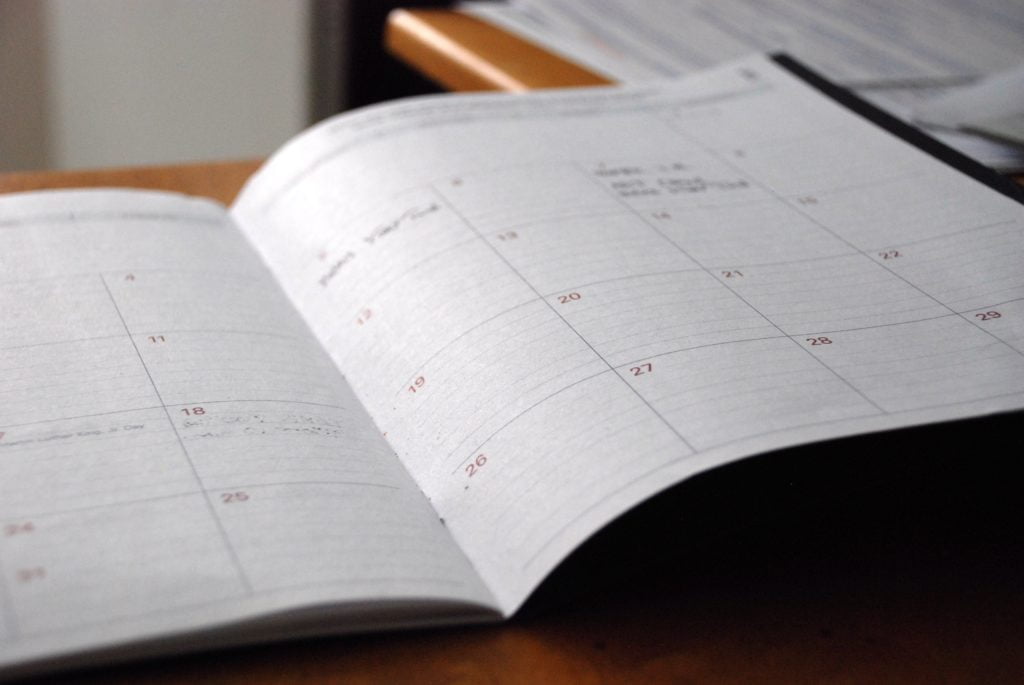Billing for CRNA services is complex. Besides the additional complications that arise with the anesthesia specialty, there’s also a dirty secret in the medical billing industry. It’s the reason that most CRNAs and anesthesiologists are losing 5-15% of their earned revenue and don’t even know it.
The Dirty Secret of CRNA Billing: Consistent Underpayment
Payors don’t pay according to their contracted agreements with providers. Sometimes the payments are a little more and sometimes they are a little less than agreed. After years of looking at many past months of billing for both CRNAs and anesthesiologists, we have found that on average payors consistently underpay compared to their contracted amounts.

This isn’t happening because claims are getting rejected or payors are disputing the coding, they are simply underpaying clean claims compared to the negotiated rates. It’s something that is hard to quantify because all the separate components (contracts, claims, overpayments, underpayments, etc.) create a lot of “noise”.
Payors regularly underpay compared to their contracted rates.
What Should I Do?
Most anesthesia professionals and billing companies aren’t able to correct every single line item on every reimbursement form. As a result, they simply take whatever they can get from the first payment and move on. No one really talks about this issue because it makes payors and billers look bad.
The only way to truly combat the problem and maximize revenue is to find a biller who does have the resources required to look at every single line item and work tirelessly to resubmit claims to the billers until they are paid in full.
A Comprehensive Reconciliation Process is Critical
At Fusion Anesthesia, we have the systems required to reconcile every line item on every claim. It’s a laborious process that involves loading, reconciling, and maintaining fluctuating reimbursement rates for every payor, service, and client in our systems. With a continuously updated database, we check payments against contracts and any deviations are automatically flagged. It takes effort, but tracking this information is the only way to ensure proper payment is received.
To maximize revenue, you must reconcile every single line item and kick claims back to payors until they are paid in full.

My Current Biller Doesn’t Do This?
As far as we know, we are the only anesthesia billing company that maintains a database and reconciles in this way. Other billing companies simply collect the low hanging fruit, which is typically an underpayment, and move on. Since billers get paid as a percentage of collections and not hourly, it costs them more money to trace down that last bit of payment than they would get in revenue. They simply don’t do it because it’s not worth it for them.
How Can I Be Sure?
It’s hard to believe that your trusted billing company isn’t putting in the effort required to get you your hard-earned revenue. If you want to double-check, ask them for a line-by-line reconciliation for that past six months. If you don’t see a significant amount of kickbacks for claims whose payments don’t meet your contracted amounts – then you are almost certainly being short-changed.
One More Thing: Low Days in Accounts Receivable Isn’t Necessarily a Good Thing
Some billing companies take pride in keeping their days in accounts receivable low – but this isn’t necessarily a good thing.
Days in accounts receivable is the average time it takes from services being performed to receiving payments. Generally speaking, lower is better – which makes sense, you want to be paid promptly for your services.
Days in accounts receivable is also known as “accounts receivable days” and “days sales outstanding” (DSO).

However, when it comes to billing for CRNA services, an account receivable lower than 30 days often indicates that your billing company is just skimming for the easy money. They are likely just billing what they can, accepting whatever payors send, and writing off the rest.
As we mentioned, maximizing revenue means you must look at every line item and ensure you’re getting paid that amount. It also involves arguing with payers to overcome claim disputes and force them to match their contracted agreements. If a payor tries to reject or discount a valid claim, your billing company should be fighting them over it and that takes time.
Maximize Revenue When Billing for CRNA Services
Maximizing and increasing revenue isn’t about working more. It’s about ensuring that you get every penny owed for the work you are already doing. That starts with expert coders and ends with a billing company who is willing to fight with payors until claims are paid in full. Remember, fast payment isn’t always the best payment.
Looking to maximize revenue? Download the complete eBook on CRNA Billing or contact us to see how we can increase revenue by 5-15%.

